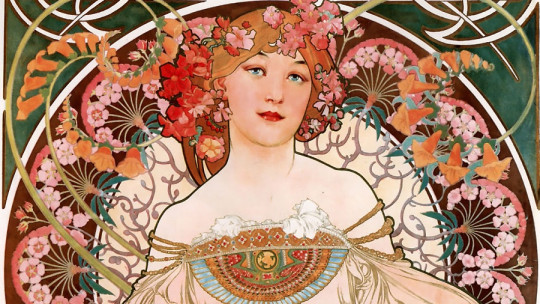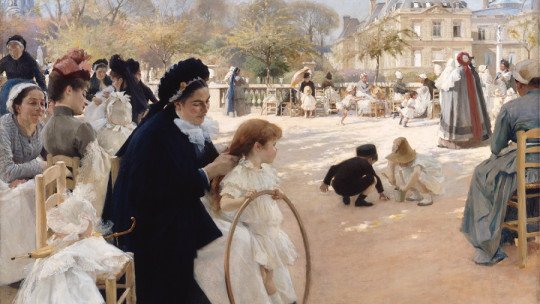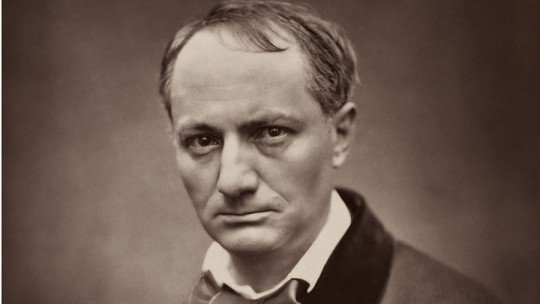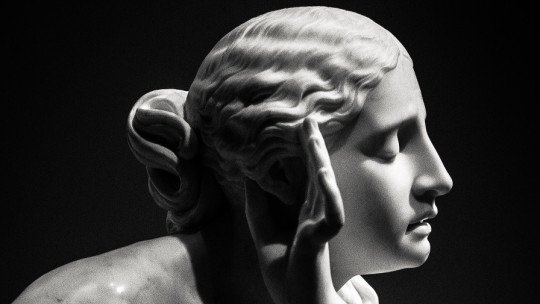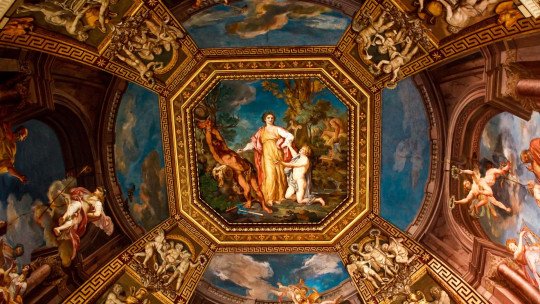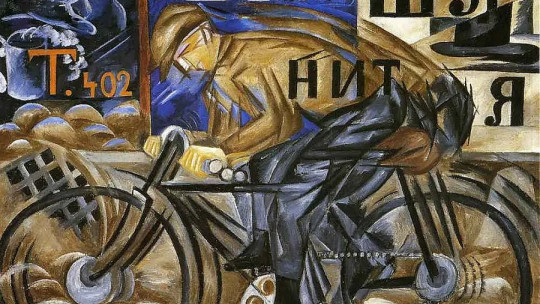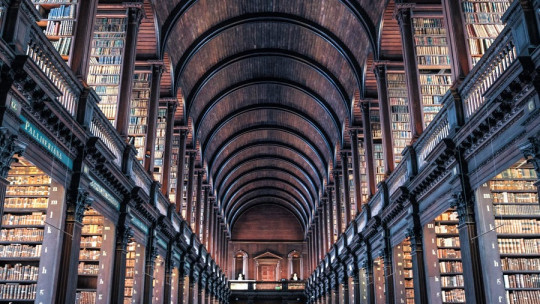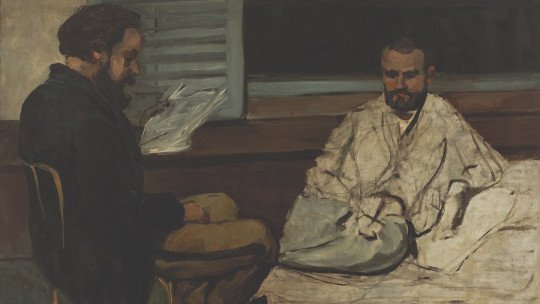
In 1867 the novel was published in France. Therese Raquin, written by Émile Zola (1840-1902), the great standard-bearer of naturalism. The novel was tremendously controversial, since it condensed in its pages the main characteristics of this current, which the hypocritical bourgeois society did not like at all.
At the time when Therese Raquin was published, realism had already triumphed as an artistic movement; However, Zola’s naturalism was another twist. As he himself states in his prologue to the second edition of the novel, his intention was none other than to expose his characters to certain situations and study their reactions, as if it were a laboratory. Zola compares his work to that of a surgeon who dissects a corpse for study. In this prologue, famous in the history of literature, the author was expressing what would become the naturalist current
Naturalism as an artistic and literary movement
It is necessary to point out that naturalism does not exist as an artistic movement. That is to say, in the plastic arts (especially in painting) realism continued to prevail, the representation of reality with frequent social criticism behind it. However, The naturalist movement is practically entirely limited to the literary field Let’s see it.
Realism and naturalism or the reaction against the romantic movement
By 1850, the ideas of Romanticism are completely obsolete. The world has changed; The West is immersed in the Second Industrial Revolution, social differences and human dramas proliferate in crowded cities. They are the beginnings of the labor movements, of socialism, of anarchism and of social denunciations. There is no longer time to dwell on ideal landscapes: the artist has the obligation to come down to earth and join the social cause.
The realist current leaves aside romantic speculations and changes its source of inspiration, which goes from legends and ideal paradises to focusing exclusively on the surrounding reality and, above all, on the conflicts of a turbulent society. It was the painter Gustave Courbet (1819-1877) who gave rise to the term realism and that, in 1855, he exhibited his canvas The painter’s workshopone of the milestones of realism in general and of Courbet’s painting in particular.
The so-called Barbizon School, who extracted the motifs of his paintings from the surrounding reality. Children of this school are Courbet himself and other outstanding names of French realism, such as Jean-François Millet (1814-1875), Camille Corot (1796-1875) and Charles-François Daubigny (1817-1878). With them, realistic landscape painting flourishes, avoiding the fantastic or symbolic elements so loved by romantics. It is enough to compare a landscape by any of the aforementioned artists with the work of Caspar David Friedrich (1774-1840), for example.
Naturalism is, without a doubt, the son and heir of realist precepts However, as we have already mentioned, there is no naturalist movement as such in the plastic arts, although there is in literature. In fact, some of the authors of naturalism are great names in universal literature, such as the aforementioned Émile Zola, Guy de Maupassant and Gustave Flaubert in France and Benito Pérez Galdós and Emilia Pardo Bazán in Spain, among many others.
What differentiates realism from naturalism?
Broadly speaking, we could say that naturalism is another twist on realism, which takes the concept of capturing reality to the limit. Because while its predecessor is inspired by it and takes its motives from there, naturalism suppresses any moral value and reduces the human being to a mere machine without any control over his own life. In other words: For naturalism, men and women lack free will and act according to their genetics, their environmental factors and their mental vagaries
in the novel Therese Raquin, Zola presents two characters, Thérèse and Laurent, absolutely driven by their most primal passions. Neither one nor the other can escape their drives, and both are subject, as the author states in the aforementioned prologue, “to the nerves and the blood.” All in all, it seems that Zola was the most radical of the literary naturalists, since in other authors, such as Fédor Dostoyevsky (1821-1881), the leading Russian naturalist, we divine, after the inevitable condemnation, a hope for redemption.
This is very clear, for example, in his best-known work, Crime and Punishment, where the crime committed and motivated by the darkest impulses of the character has the possibility of being atoned for, which makes it very clear that, indeed, in Dostoyevsky it does. there is individual choice.
We can conclude, as far as the differences between both movements are concerned, that while realism is a representation of reality, Naturalism becomes a certain perversion of this realistic vision and suppresses any element that is not scientific In naturalistic works there is only room for nature in its rawest expression, and that is precisely where the name of the movement comes from.
Naturalism and its biased vision of reality
The scientific currents of the moment had a lot to do with the development of naturalism; especially, the determinism and evolutionism of Charles Darwin (1809-1882). The first considers that no human act is completely free, since it is inevitably conditioned by factors that are beyond our control, such as instincts, genetics, or the environment that surrounds us. As for the second, his theory of the adaptation of species and the survival of the most prepared beings is in very close relationship with the aforementioned and, of course, with the ideas of naturalism: If the human being is conditioned by his nature and by what surrounds him, he must necessarily adapt to survive
Certainly, and as the critic Manuel de la Revilla Moreno (1846-1881) maintains in his essay Naturalism in art, published in 1879 and therefore contemporary with the movement, naturalism focuses on only one aspect of reality. The author comments that, just as classicism focused on the heroic and epic and Romanticism on the ideal, naturalism captures only the vulgar aspects of reality, and omits the beautiful and great aspects of human nature.
De la Revilla is somewhat right. Naturalism prides itself on being, as Zola comments, a scientific study of reality, but In his observation he overlooks elements that are also part of it and that, in truth, do not interest him The naturalist writers radicalssuch as Émile Zola himself, are only interested in the aspects sordidthose that can shake the moral constriction of bourgeois society: sexual inhibition, crimes, primary drives, mental alienation.
Therefore, we quite agree with De la Revilla that this current is, in essence, just another rebellion, as Romanticism was in its day, and as the avant-garde later became. After all, the post-romantic artist can no longer limit himself to copying reality without imbuing it with part of his subjective self.

